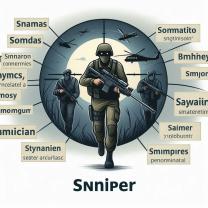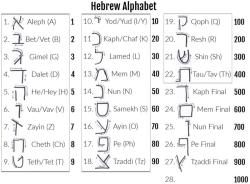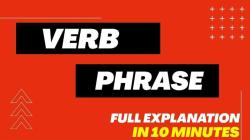How to tell the difference between compound and complex sentences?
Distinguishing between compound and complex sentences involves understanding their structural differences based on the presence of independent and dependent clauses.
Compound Sentences:
- Definition: A compound sentence consists of two or more independent clauses joined together by coordinating conjunctions (such as "and," "but," "or," "for," "yet," etc.) or by semicolons.
- Structure: Each independent clause in a compound sentence can stand alone as a complete sentence. When combined, these independent clauses create a compound sentence.
- Example:
- "She likes to read books, and he prefers to watch movies."
- "I enjoy hiking; however, my sister prefers swimming."
Complex Sentences:
- Definition: A complex sentence contains an independent clause (a complete sentence) and at least one dependent clause (an incomplete sentence that cannot stand alone).
- Structure: The independent clause can stand alone as a complete thought, while the dependent clause relies on the independent clause for meaning. The dependent clause often starts with subordinating conjunctions (such as "although," "because," "while," "when," "since," etc.).
- Example:
- "Although it was raining, they decided to go for a walk."
- "She studied hard because she wanted to pass the exam."
Key Differences:
- Independent vs. Dependent Clauses: Compound sentences consist of independent clauses connected together, while complex sentences contain at least one independent clause and one or more dependent clauses.
- Conjunctions Used: Compound sentences use coordinating conjunctions or semicolons to connect independent clauses, whereas complex sentences often use subordinating conjunctions to introduce dependent clauses.
Remember:
- Compound sentences feature two or more independent clauses joined by coordinating conjunctions or semicolons.
- Complex sentences consist of an independent clause and at least one dependent clause introduced by subordinating conjunctions.
Identifying the presence of multiple independent clauses (in compound sentences) or the combination of an independent clause with a dependent clause (in complex sentences) helps in distinguishing between the two structures.
Compound and complex sentences are both types of sentences that combine two or more independent clauses. However, they differ in how the independent clauses are joined.
Compound Sentences
Compound sentences are joined by coordinating conjunctions, such as and, but, or, for, so, yet, and nor. These conjunctions connect independent clauses that are grammatically equal, meaning that each clause could stand alone as a complete sentence.
Example:
The rain poured down, and the wind howled.
Complex Sentences
Complex sentences are joined by subordinating conjunctions or conjunctive adverbs. These conjunctions connect an independent clause (which can stand alone as a complete sentence) to a subordinate clause (which cannot stand alone as a complete sentence).
Example:
The car swerved to avoid the child who was playing in the street.
Key Differences
- Coordinating Conjunctions: Compound sentences are joined by coordinating conjunctions.
- Subordinating Conjunctions: Complex sentences are joined by subordinating conjunctions or conjunctive adverbs.
- Independent Clauses: Both compound and complex sentences contain at least two independent clauses.
- Subordinate Clauses: Complex sentences also contain at least one subordinate clause.
Additional Tips
- Identifying Independent Clauses: Independent clauses contain a subject and a verb and can stand alone as a complete sentence.
- Identifying Subordinate Clauses: Subordinate clauses cannot stand alone as complete sentences. They often begin with subordinating conjunctions like "because," "when," "if," "although," "since," or "until."
By understanding these key differences and utilizing these tips, you can effectively distinguish between compound and complex sentences.












